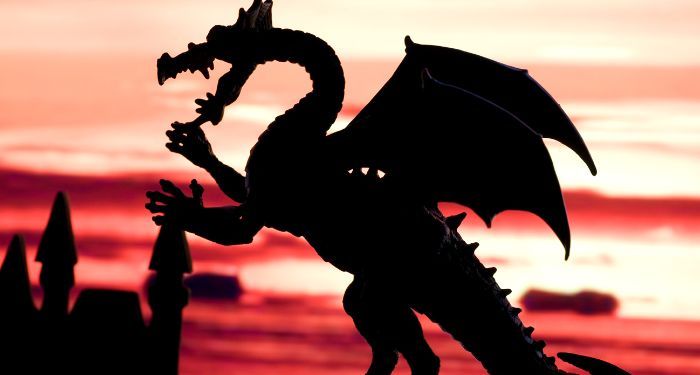
How to Play Dungeons & Dragons
Dungeons & Dragons (D&D) is a tabletop roleplaying game (TTRPG) from Wizards of the Coast, designed by Gary Gygax and Dave Arneson in 1974. Largely based on the fantasy world of The Lord of the Rings, the game has undergone several iterations in the nearly 50 years since it was first published, and is still widely played by people of all ages. Recently, it’s gotten a lot more mainstream attention than usual thanks to its appearance on Stranger Things. If you’re interested in learning how to play Dungeon & Dragons, it can seem overwhelming though.
But, the beauty of any TTRPG is that it can be played almost anywhere, with almost no equipment — or as many TTRPG gaming accessories as you choose. All you really need to play D&D is a book, a pencil, and some dice, and you can even do it all on your phone if you want to. Games can be played in person, over the internet, or even via the mail… although that would certainly make combat go slow!
I’ve been playing TTRPGs for almost 25 years, and while (unlike most gamers!) D&D was not my first, nor is it my go-to, it’s a classic and a game I really enjoy. The system is not overly complicated, the world is vast, and overall, the game offers a great deal to like. (Looking for a different game to play? Check out these TTRPGs that aren’t D&D.)
What You Need to Play D&D: the Books
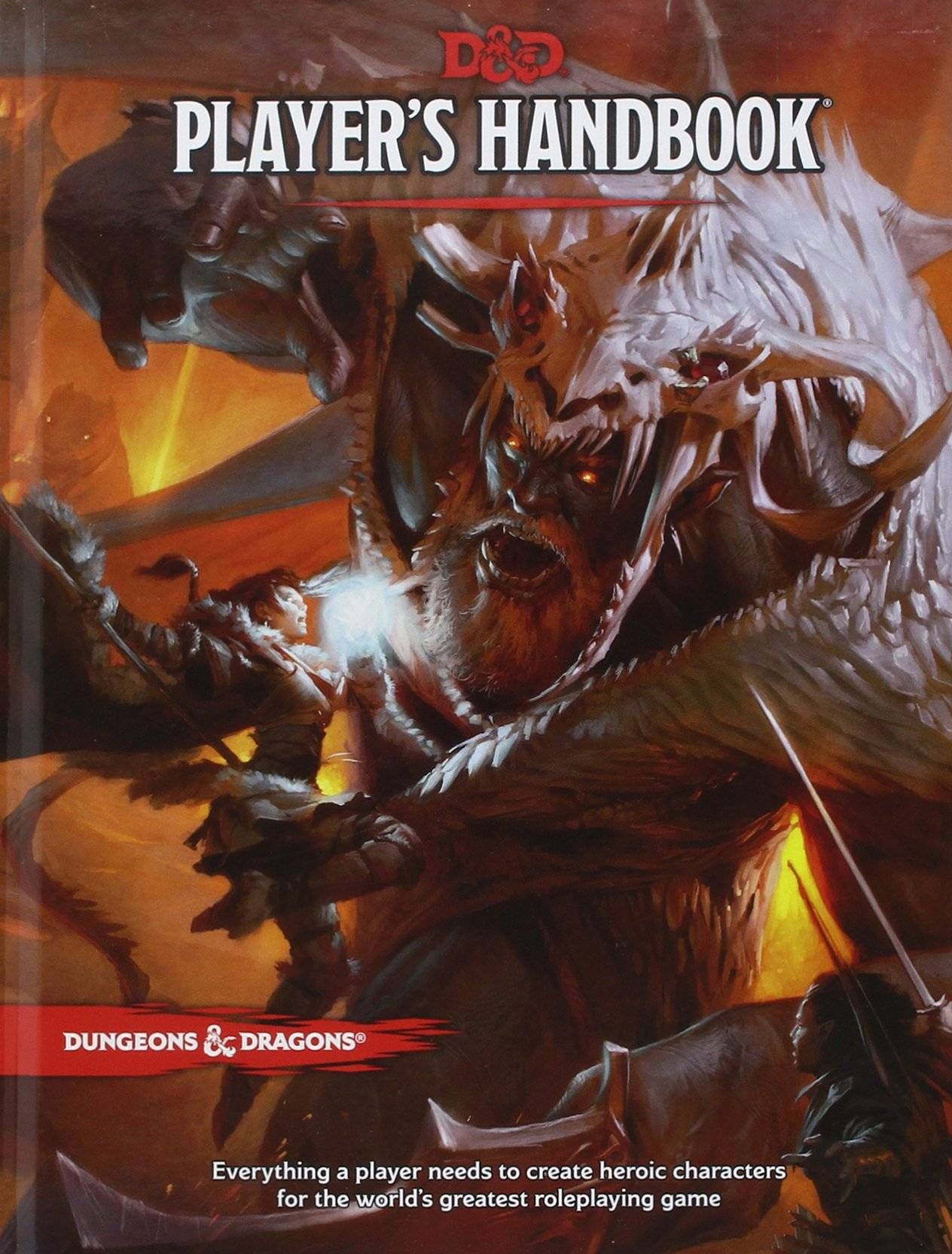
The Player’s Handbook
This is THE starter book for anyone looking to play their first game — and also the book seasoned players still rely on for rules, worldbuilding info, and more!
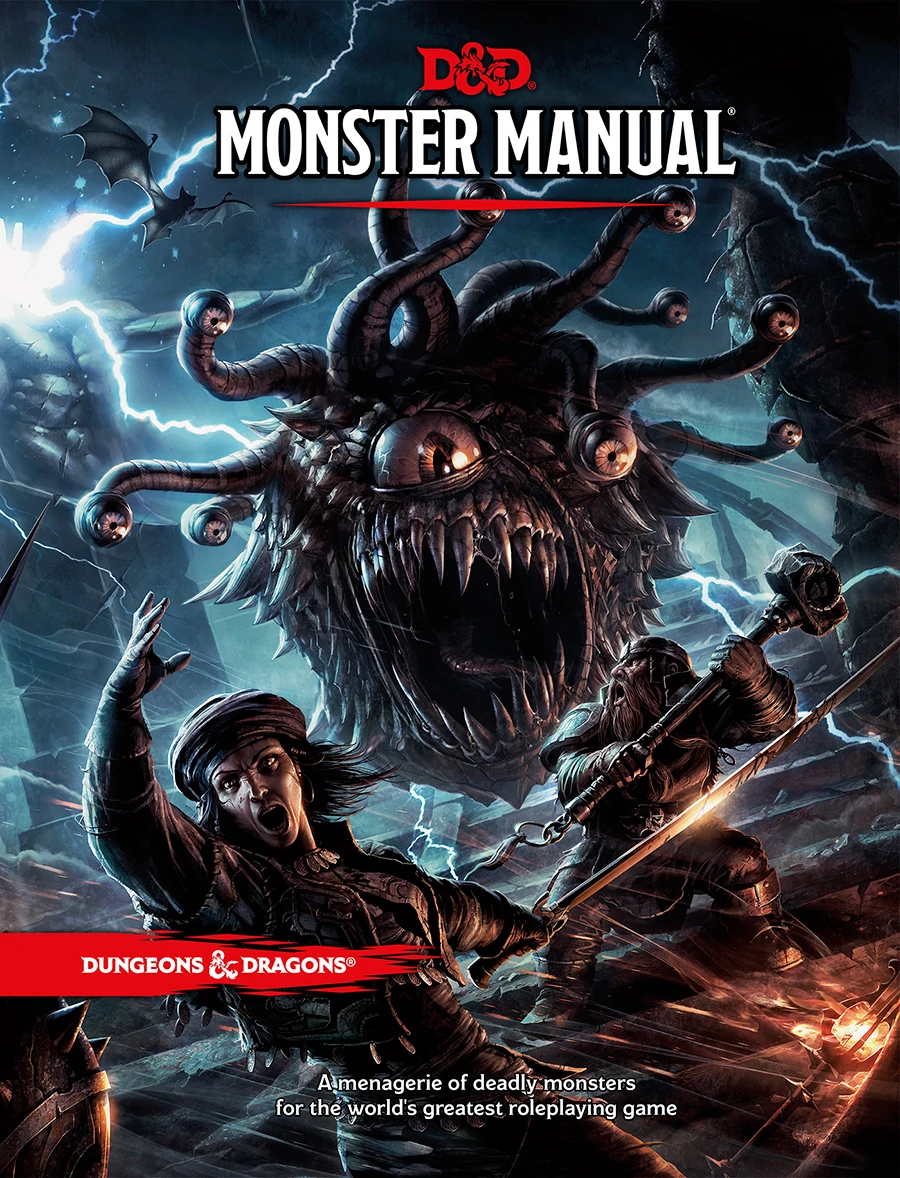
The Monster Manual
This book gives you the lowdown on every monster you might encounter, all of them fully illustrated!
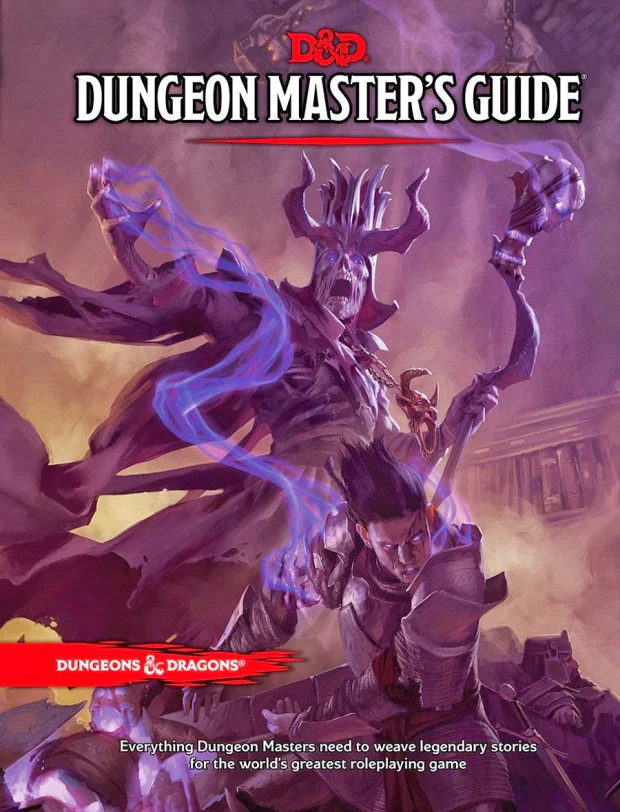
The Dungeon Master’s Guide
This is the book for anyone who doesn’t just want to play, but wants to run the game, setting the scene for the players whose actions will tell the story.
In addition to these, there are dozens of supplemental books that include fully plotted adventures and more. Looking for something that will cover all the basics, so you don’t have to buy all the books just yet? Check out the Dungeons and Dragons Starter Set 5th Edition for a compressed version of the rules, a started set of dice, and an adventure you can play solo or with up to five people. Additionally, Dungeons & Dragons Starter Set: Dragons of Stormwreck Isle is in Target now, and will be available everywhere soon.
What You Need to Play D&D: the Basics
Beyond the primary books, analog players will need the following items (all of which can be replicated with a smart phone if you prefer):
- Character Sheets
- Pencils
- Polyhedral Dice (4-, 6-, 8-, 10-, 12, and 20-sided; some people also use a 100-sided die)
Many people enjoy playing with map tiles and miniatures, which can be purchased ready-to-play or for you to paint the way you like them.
Beyond these, you may find that you enjoy various other things such as dice trays, multiples of each type of die so they can be rolled together, and more. But I promise you can start out with the absolute basics — and if you’re joining a game, you can probably borrow them!
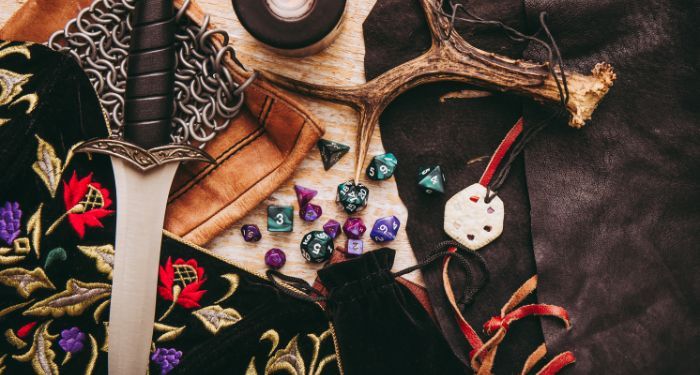
What You Need to Play D&D: the Bodies
If you’re playing in a group, you’ll need one dungeon master (DM, also known as a game master in other RPGs) and one or more players. Each of you will create a character, except for the DM. This can be done at the first meeting, or session, or it can be done ahead of time. Either way, allow plenty of time.
That’s it! Additional characters, known as non-player characters (NPCs) will be played by the DM.
How to Play Dungeons & Dragons
Step 1. Roll Up a Character
Creating your character is a combination of creativity and the luck of the dice. You can also find pre-made characters in several of the D&D books.
To create a character from scratch, you must choose the character’s “race,” or species, and their “class,” such as Bard, Druid, Rogue, Paladin, or Wizard. Then you will roll the dice to determine how many points you have to distribute on your character sheet.
For each of the six main attributes (Strength, Dexterity, Constitution, Intelligence, Wisdom, and Charisma), you’ll roll 4D6, which is a 6-sided die four times, or four 6-sided dice rolled at the same time, remove the lowest number, and add the other three. The total is assigned to that attribute, and you repeat that five times. Depending on what kind of character you want to play, you may put a higher number in strength than in wisdom, or vice versa. If you prefer not to roll for those numbers, you can use the “standard” set: 15, 14, 13, 12, 10, and 8.
Then you will assign a few more numbers, create your character background, and fill out your supplies, arms, and armor. If your character is a magic user, you’ll fill out a spell sheet. And that’s almost it! One more thing: don’t forget to name your character!
There is a more detailed breakdown of D&D character creation on Instructables.
Step 2: You’re in a Tavern
Okay, so you might or might not start out in a tavern, but the classic opener for a game of D&D is a disparate group of characters being hired on for a quest in a meeting place such as a tavern. However your particular adventure is beginning, the DM will set the scene by describing where you are and portraying the various people — other than one another’s characters — you encounter. This will continue throughout your adventure, with the DM providing the setting, the monsters, and the NPCs for the players’ game. The DM is in charge of giving the players guidelines, but the player’s choices should dictate where the game goes.
Step 3: Roll for Initiative
Over the course of a game — an adventure can take one night or be spread out over many — the players will roll for various skills, including things such as figuring out if an NPC is lying to them, completing puzzles, and fighting opponents. Initiative is when every player rolls to determine the combat order. Because combat is turn-based, it helps to have bonuses for this roll…if your character is a fighter.
What Do the Different Editions Mean?
You might hear people refer to D&D, AD&D, 3E, 5E, and other possibly confusing abbreviated names. AD&D is Advanced Dungeons & Dragons, and it’s the same game we call D&D. (Nerds, do not @ me. The distinction is meaningless.) The various numbers with an E following them refer to the different editions of the game. There are some fairly significant rule changes between editions — we are currently on 5E, or the fifth edition — so it’s very important to make sure your entire group is playing with the rules for the same one!
F.A.Q.
How Many People Do You Need to Play D&D? Can I Play D&D By Myself?
You can play D&D with any number of people!
How Long Does It Take to Play D&D?
With pre-rolled characters and a prefab adventure, you can play a full game in a matter of hours. On the other hand, I’ve played games that lasted years, with players coming and going and various characters joining the party as others died or were retired. It’s truly up to you and your group!
Can I Run a D&D Club for My Students?
Can you ever! Lucas Maxwell has the lowdown on why you should — and how to do it.
What Else Do I Need To Know to Play Dungeons & Dragons?
Above all else, D&D is supposed to be fun. It’s a form of collaborative storytelling where no one person should be the main character (unless you’re playing solo!) and everyone should feel welcome. There is no place for racism and sexism, especially, in D&D, despite a history of both. If your group isn’t comfortable, say something — or find a new group!
















